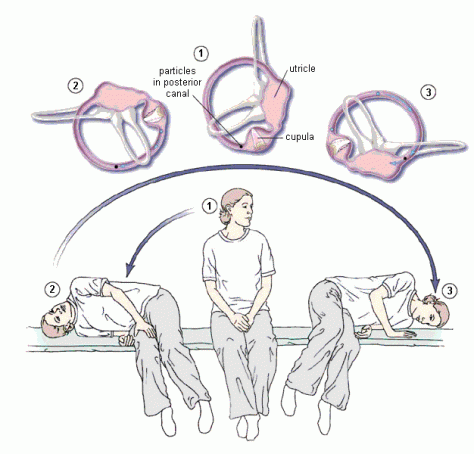Canalith Repositioning Procedure for Vertigo: Active treatment of BPPV
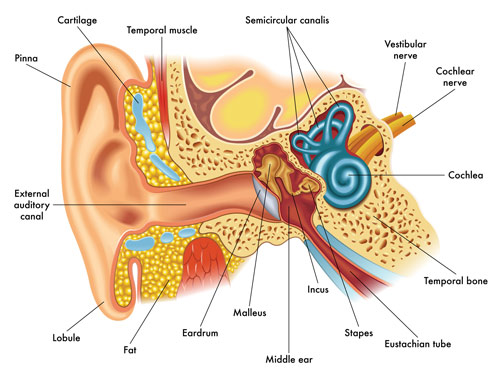 Benign paroxysmal positional vertigo (BPPV) is one of the most common causes of dizziness, most often experienced when patients lies down. Because BPPV is not intrinsically life threatening and symptoms are usually self limiting patient is usually kept under watchful wait but as BPPV can last for much longer than 2 months, it is better to treat it actively by Epley maneuvers or Semont Maneuver.
Benign paroxysmal positional vertigo (BPPV) is one of the most common causes of dizziness, most often experienced when patients lies down. Because BPPV is not intrinsically life threatening and symptoms are usually self limiting patient is usually kept under watchful wait but as BPPV can last for much longer than 2 months, it is better to treat it actively by Epley maneuvers or Semont Maneuver.The Semont and Epley maneuvers may improve or cure benign paroxysmal positional vertigo (BPPV) with only one procedure however some people may need multiple sittings.
CRP / Epley maneuver/ Canalith repositioning procedure
The Canalith Repositioning Procedure (CRP) or epley’s maneuver is a rehabilitation treatment for Benign positional vertigo. CRP is very effective, with an approximate cure rate of 80%. The recurrence rate for BPPV after these maneuvers is low. However, in some instances additional treatment may be necessary.
Canalith/otolith/or otoconia are small crystals of calcium carbonate attached to the otolithic membrane in the utricle of the inner ear. Because of trauma, infection, or aging, canaliths can detach from the utricle and collect within the semicircular canals.
Here these canaliths shift with the head movement and stimulate sensitive nerve endings to cause dizziness. Epley’s maneuvers involve a series of specifically patterned head and trunk movements performed by a trained professional. This head position change, moves the canaliths from the problematic location in one of the semicircular canal to the utricle.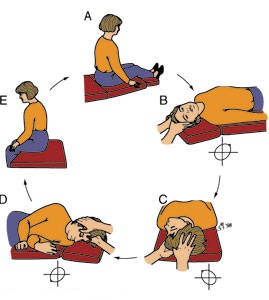
Procedure:The procedure takes approximately 20-30 minutes.
You will be placed on a table and then laid back with your head hanging over the end of the table.
If you have a “positive” response in this position you will then be moved through the procedure.
The patient’s eyes are observed for secondary-stage nystagmus, it should be in the same direction as the primary-stage nystagmus.
- Do not tip your head up or down or bend at the waist. Use of the cervical collar will help prevent you from tipping your chin down.
- Do not visit the places that require you to lie down or tilt your head (hairdresser, dentist, chiropractor or barber).
- Avoid tipping your head up or down when brushing teeth, shaving or washing your hair.
- Sit down and get up from chairs while keeping your back straight, without bending forward and avoid tilting your head forward.
- Housework such as cooking or cleaning should be avoided for the next 48 hours.
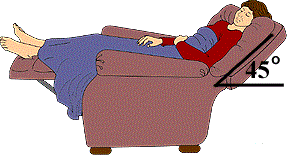
Do Not Lie Flat in Bed
The Following Week
- Do Not Sleep on your treated side
- Use two pillows when you sleep.
- Avoid sleeping on the “bad” side.
- Don’t turn your head far up or far down
- No “sit-ups” for at least one week and no “crawl” swimming.
After 1 week you can resume your daily activities without any restrictions. Move around as you wish.
Update–
Contraindications to perform Epley Maneuver
- Unstable heart disease
- High grade carotid stenosis,
- CNS disease (stroke or Transient Ischemic Attack),
- Physical limitation– neck disease (rheumatoid arthritis, cervical radiculopathies, ankylosing spondylitis, cervical spine fracture or surgery)
- Pregnant women beyond the 24th week of pregnancy
Our Specialist
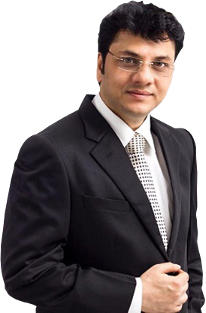
Dr. Nitish Jhawar
M.S., FMAS, FIAGES, FALS, FACRSI
Fellow Advance Laparoscopic Surgery
Fellow Colorectal Surgery USA
Senior Laparoscopic & Colorectal Surgeon
Phone No: +91 9322 229 159
Email Id: info@neoalta.com

